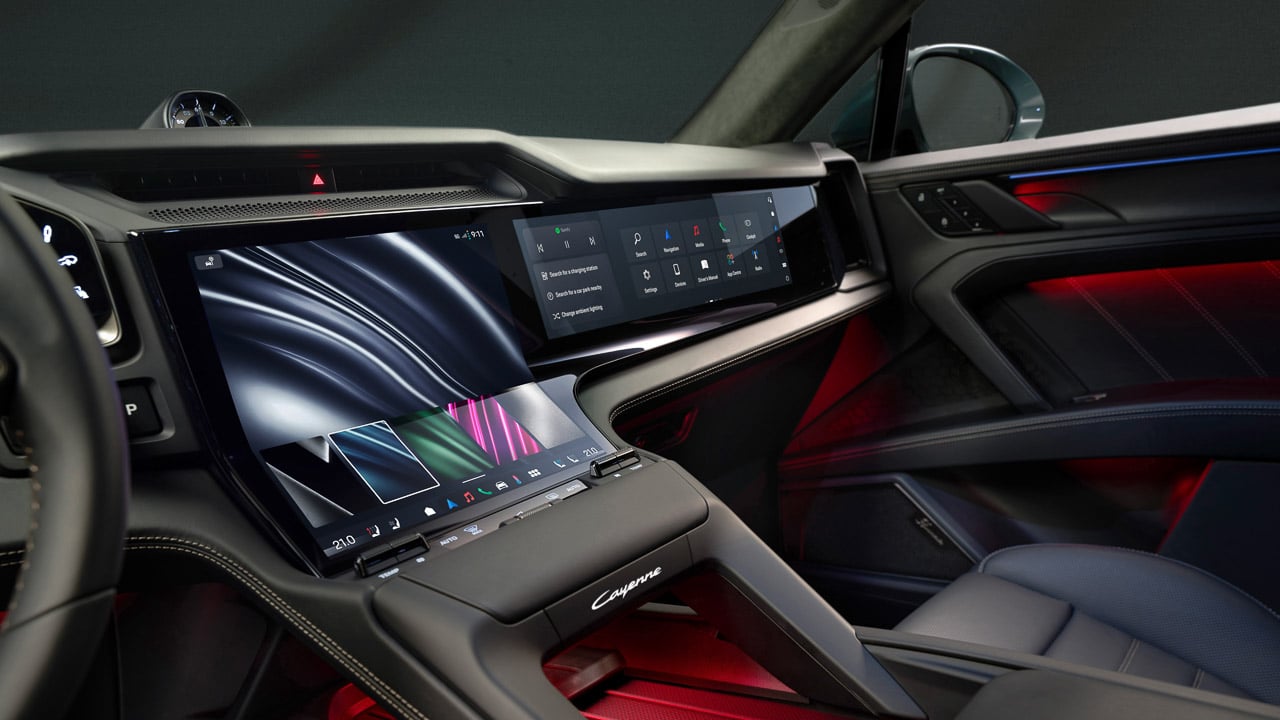
"Porsche revealed the interior of its upcoming electric Cayenne on September 30, 2025, and I'm experiencing the kind of cognitive dissonance that only comes from loving something I fundamentally disagree with. The cabin features what the company calls the largest continuous digital surface in any Porsche to date. Translation: screens everywhere. As someone who prefers minimal dashboard clutter, I should hate this. But Porsche's execution here is genuinely impressive, even if it represents everything wrong with modern automotive design philosophy."
"Let me be clear about my bias upfront. After reviewing vehicles for over a decade, I've developed a strong preference for physical controls. Give me a rotary dial for volume, actual buttons for climate control, and a small display for Apple CarPlay. That's all I need. Everything else just creates more opportunities for distraction and frustration. The industry's obsession with touchscreens has turned dashboards into iPad showrooms, and I'm tired of it. But then Porsche goes and creates something like this."
"Porsche's approach to the Cayenne Electric interior centers on what I'd describe as three distinct interaction layers. First, there's the glance layer: a 14.25-inch curved OLED instrument cluster that bends horizontally to favor the driver's sightline, paired with an optional augmented-reality head-up display. This is information you consume without touching anything. Second is the touch layer, anchored by what Porsche calls the Flow Display. This is where the interface design gets genuinely interesting, and where my skepticism starts to crack."
Porsche revealed an interior dominated by what the company calls the largest continuous digital surface in any Porsche, emphasizing extensive screens across the cabin. The designer balances a heavy touchscreen presence with driver-focused solutions by layering interactions: a glance layer with a 14.25-inch curved OLED instrument cluster and optional augmented-reality head-up display; a touch layer centered on the Flow Display; and a tactile layer of physical buttons for essential controls like temperature, fan speed, and volume. The layout aims to preserve frequent-use physical controls while delivering a modern, screen-forward cockpit experience that challenges traditional minimalism.
Read at Yanko Design - Modern Industrial Design News
Unable to calculate read time
Collection
[
|
...
]